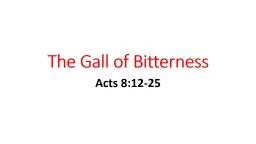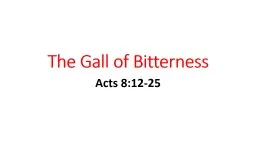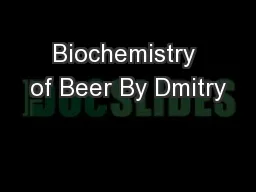PPT-Uncovering the IBU: Digging deeper into bitterness and aroma
Author : slygrat | Published Date : 2020-10-06
By John Palmer 2019 Syllabus Hop Components Bitterness and the IBU Test Utilization Hop Aroma and Flavor Development during the Brewing Process 2 What are Hops
Presentation Embed Code
Download Presentation
Download Presentation The PPT/PDF document "Uncovering the IBU: Digging deeper into ..." is the property of its rightful owner. Permission is granted to download and print the materials on this website for personal, non-commercial use only, and to display it on your personal computer provided you do not modify the materials and that you retain all copyright notices contained in the materials. By downloading content from our website, you accept the terms of this agreement.
Uncovering the IBU: Digging deeper into bitterness and aroma: Transcript
Download Rules Of Document
"Uncovering the IBU: Digging deeper into bitterness and aroma"The content belongs to its owner. You may download and print it for personal use, without modification, and keep all copyright notices. By downloading, you agree to these terms.
Related Documents














